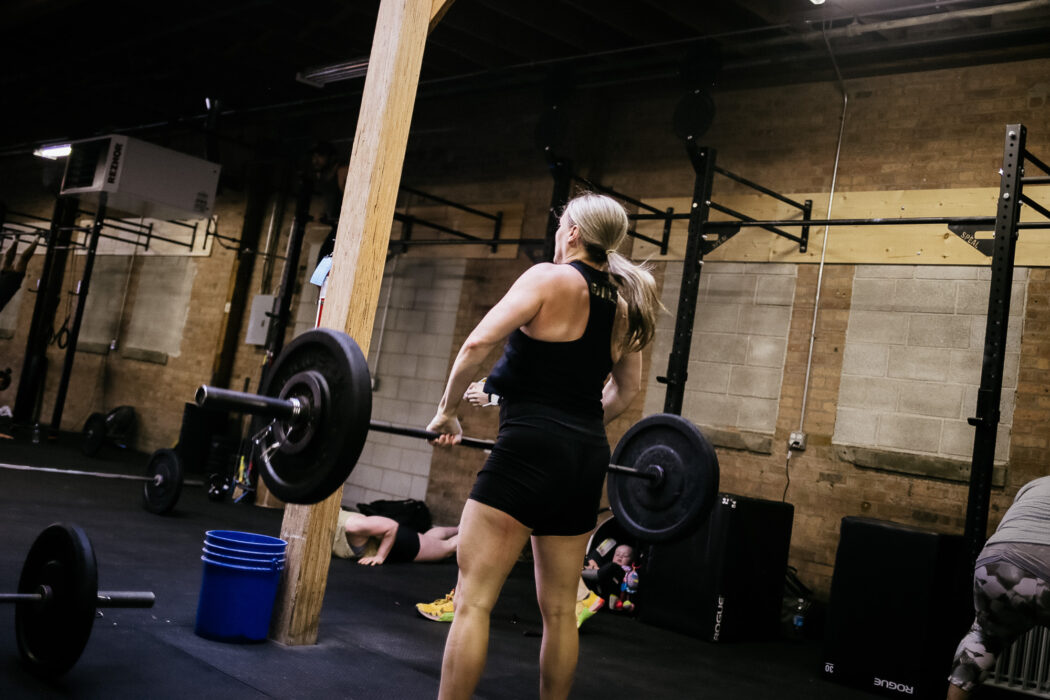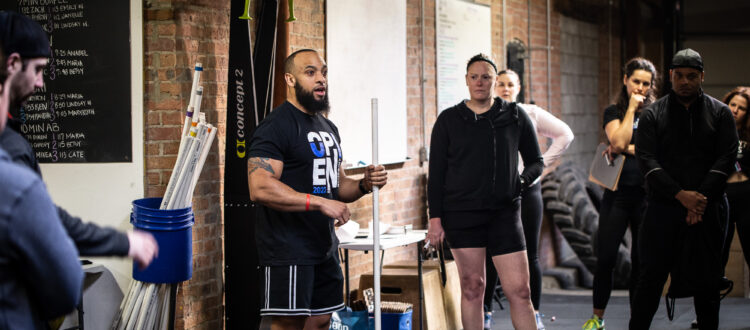Calories & Macros
I want to shed some light on two big nutrition topics that I encounter all the time. Those topics are…Calories & Counting Macros.
- Calories are units of energy, often used to express the nutritional value of foods. In other words, how much or how little are you eating.
- Macros (short for macronutrients) are types of foods that your body needs in larger quantities to function best. These are foods that your body can’t create on it’s own and therefore need to be consumed. These are best known as:
- Proteins – think quality meat, fish, tempeh, some dairy products.
- Carbohydrates – think rice, potatoes, fruits & veggies.
- Fats – think quality butter, oils, nuts & seeds.
The two main questions I encounter are:
“How many calories should I be eating” & “Should I be counting my macros”!
The truth is, most athletes starting out on their journey of fine-tuning their nutrition, have some other unanswered questions that need to be clarified before coming up with a calorie or a macro plan.
Question #1: What are you consuming now?
This answer is created by logging your food and being 100% honest. I can’t stress the honesty portion of that statement enough. Counting calories & tracking macros in the future will ONLY work if you are 100% honest with yourself. This will allow you (and your coach) to develop a plan. Skipping this step and creating an individual calorie & macro structure is like going on a blind date… could be a great time or it could be a disaster. This step kinda takes the guesswork out of the equation. Log your food for 2 weeks without changing anything from your regular routine to get a real picture of your current intake.
Question #2: Can you create complete meals from whole food sources?
Instead of going full-blown calorie counting-macro mode, start to develop an understanding of what a complete meal is and how to create one. And what a complete meal means to us at Bluprint Fitness is a meal that involves the 3 macronutrients – proteins, carbohydrates, fats AND some veggies. Yes vegetables are a form of carbohydrate, but trust me, to get the biggest bang for your buck when it comes to a complete meal – eat your veggies. An example of this would be: some grilled chicken thighs, brown rice, and sauteed kale.
Question #3: Do you have a way to test your nutrition changes?
You know the saying – “what isn’t measured cannot be managed”. And my guess is that you’re trying to manage either your body fat or your performance. So pick a measure – whether that’s a body fat test or a performance metric. This really depends on what your goal is when it comes to health & fitness.
Now once these 3 questions are answered, one of two things is going to happen.
You will either be getting the results you want from implementing habits from the answers to these 3 questions or you’ll be at a place where counting calories & tracking macros might be a good fit to help get you closer towards your goals.
Now if all of that sounded like complete gibberish, I want to leave you with this.
Simplicity is your best friend when it comes to creating a lifestyle of health & fitness.
- Consume nutritious foods.
- Workout consistently.
- Sleep well.
- Surround yourself with people who care about you.
And if you or anyone you know wants some help taking the guesswork out of the health & fitness equation, fill out one of our online forms and we’ll help point you in the right direction.
GO WIN THE DAY.
Coach Byron




